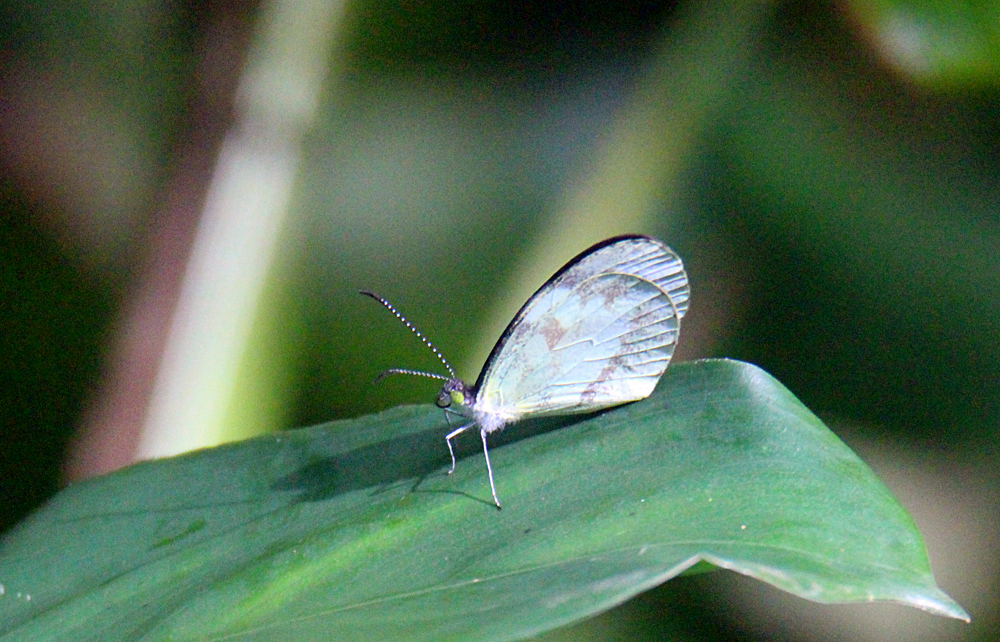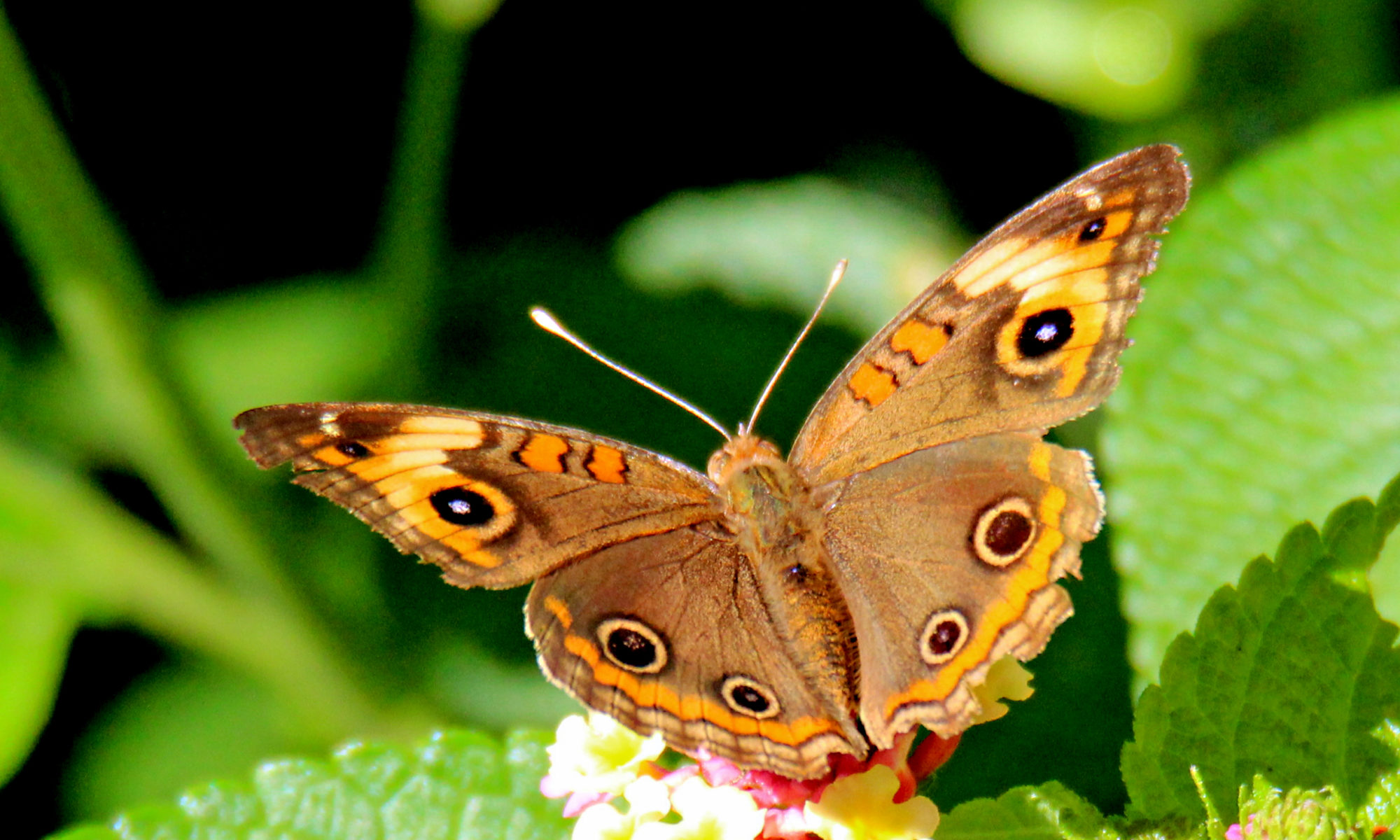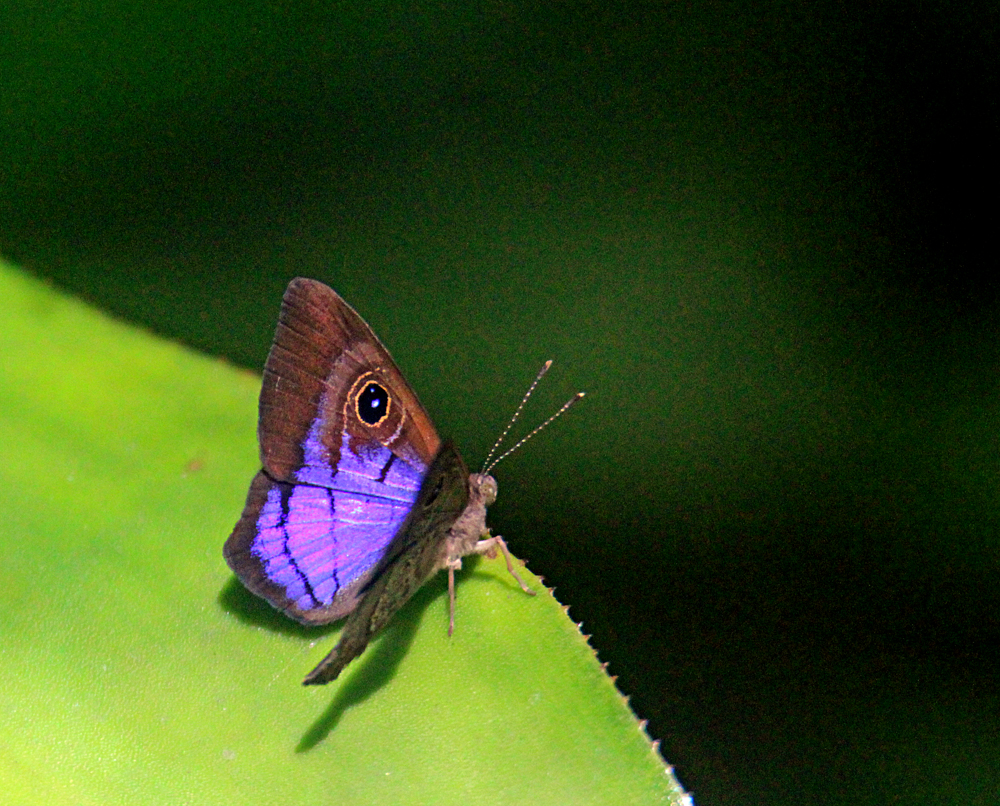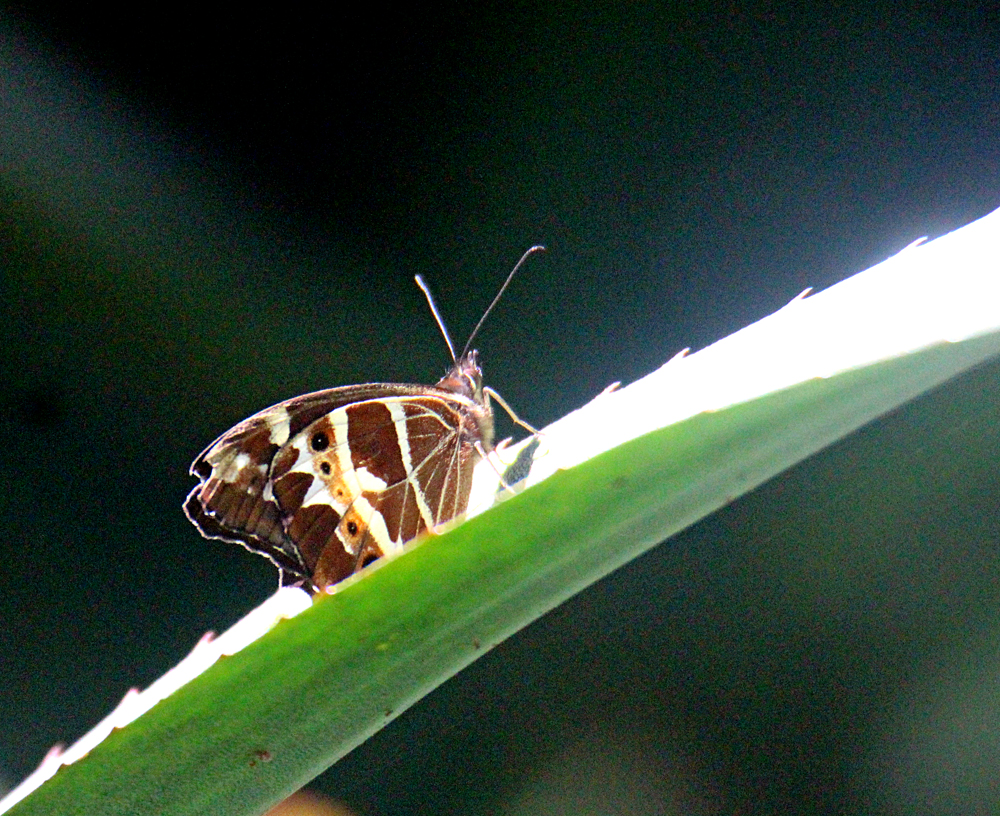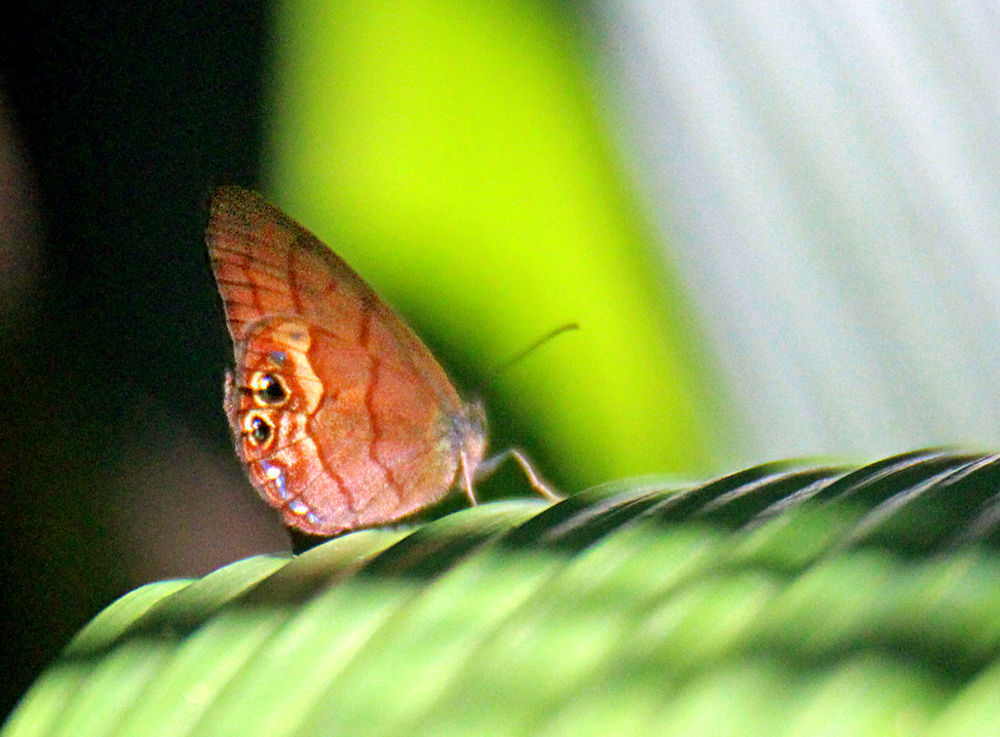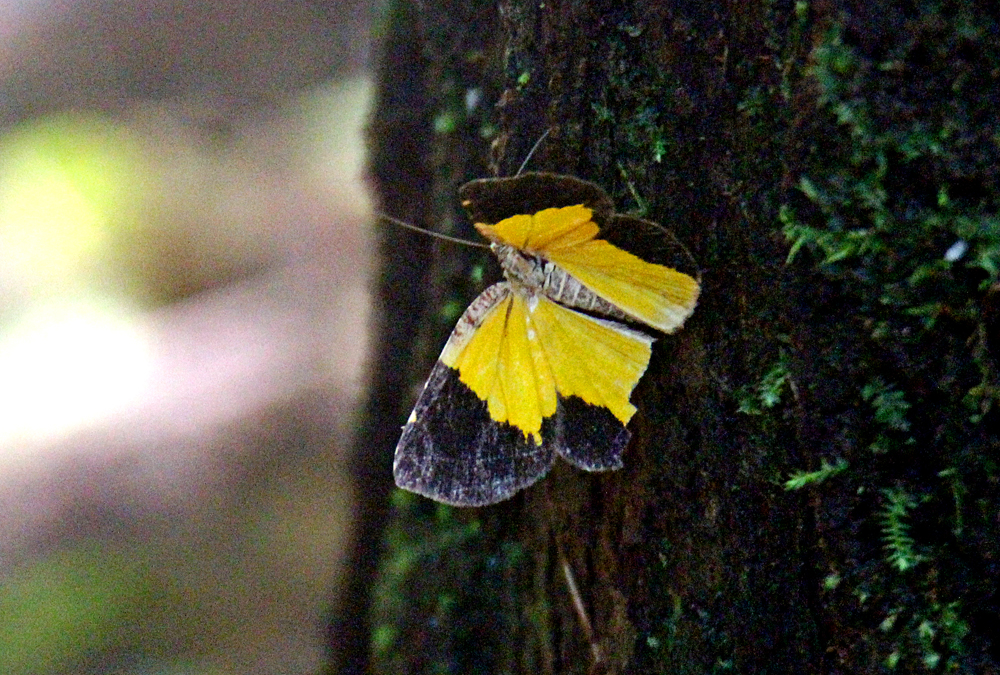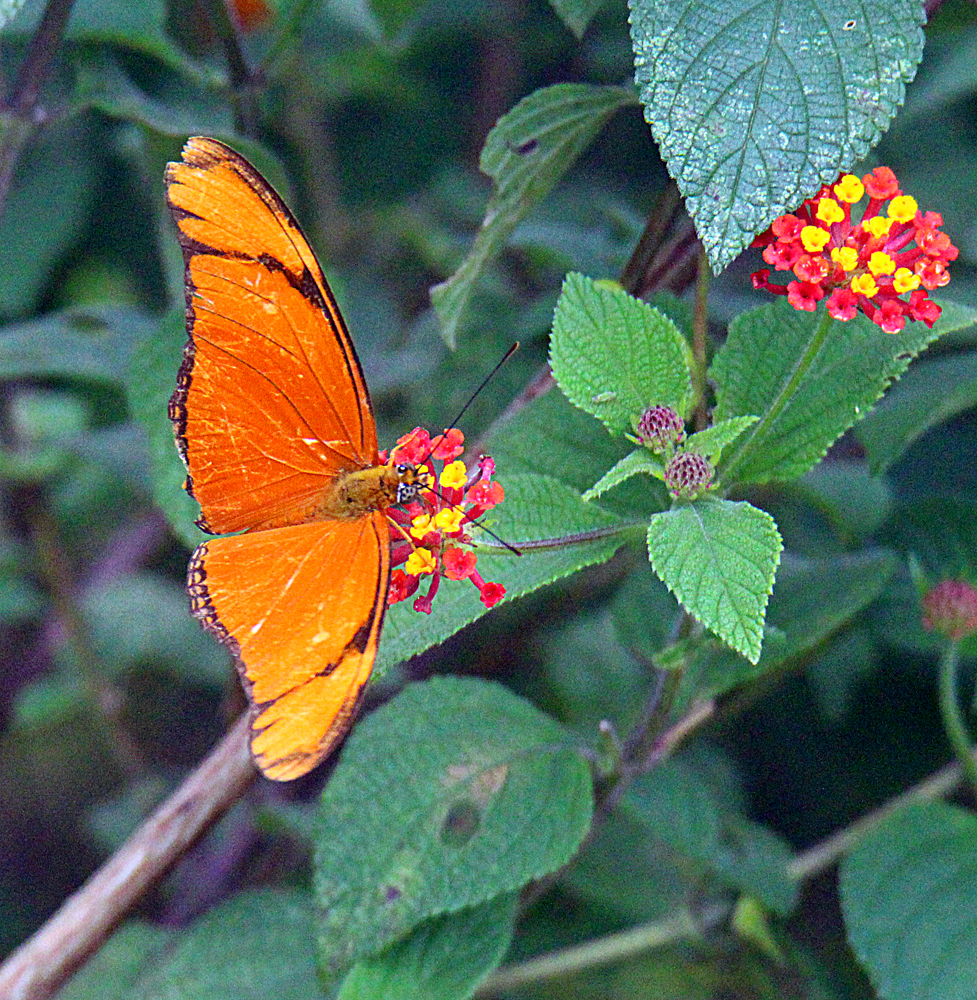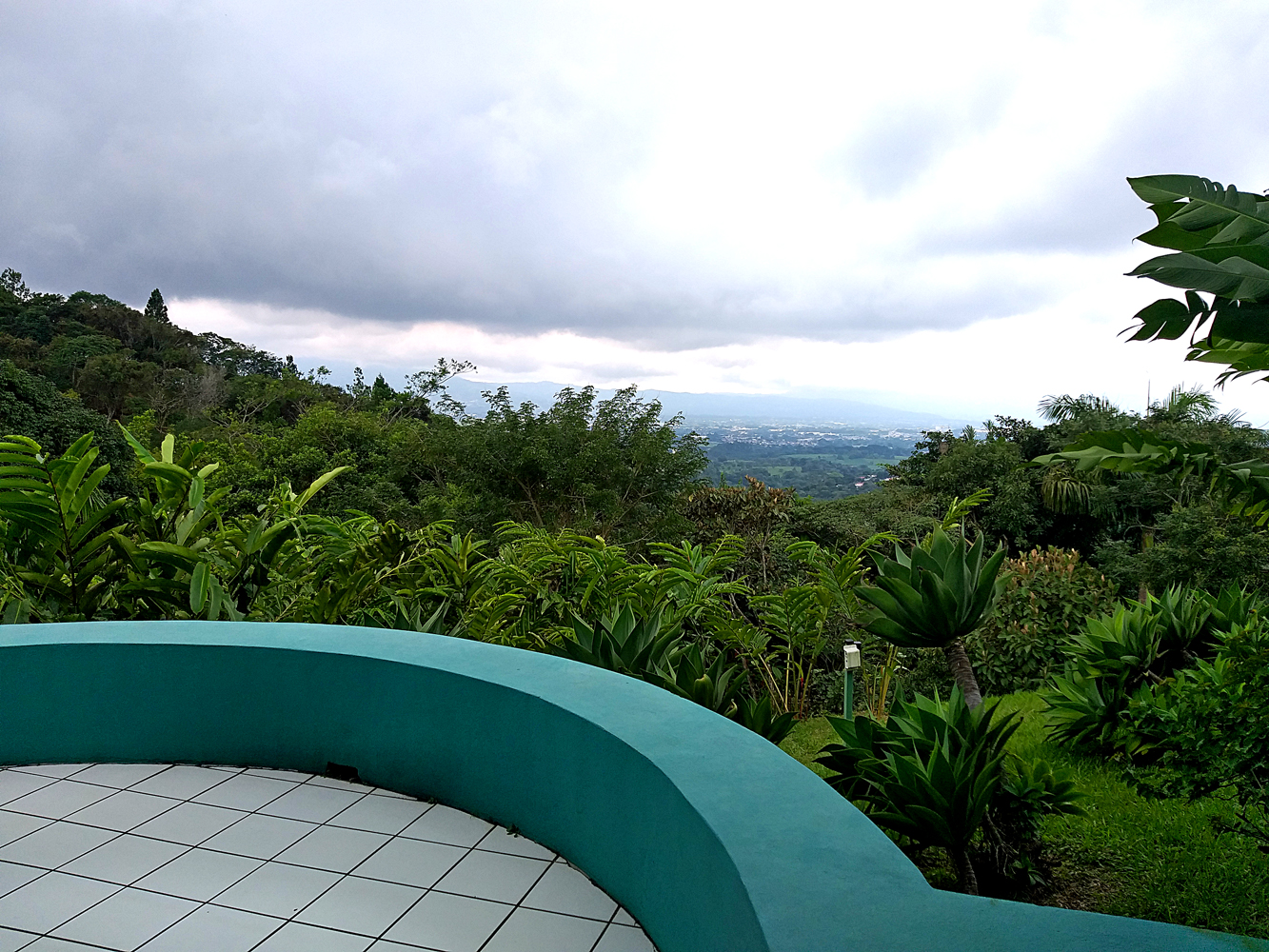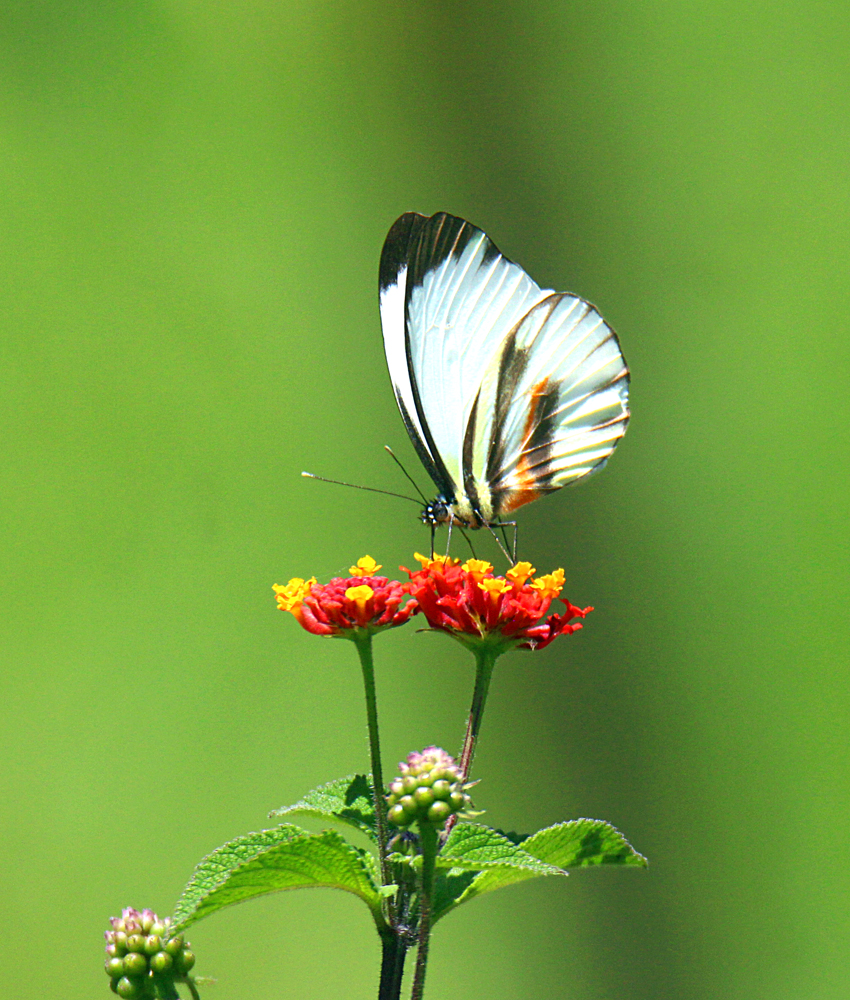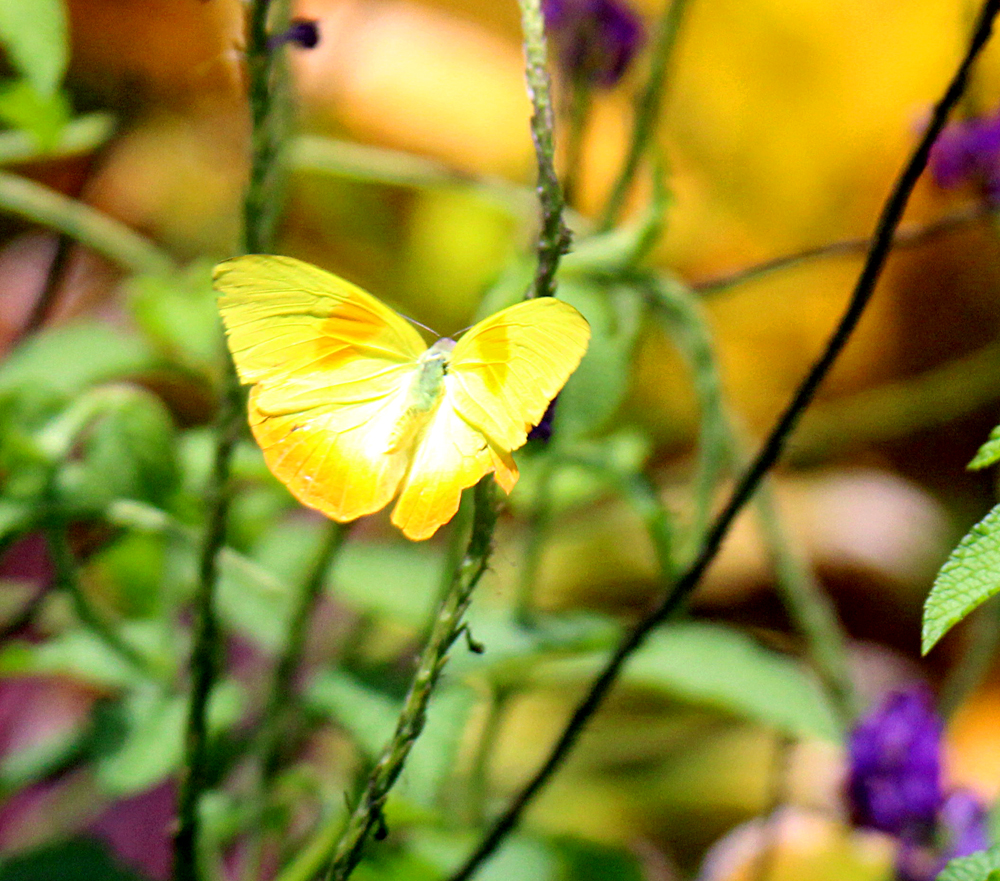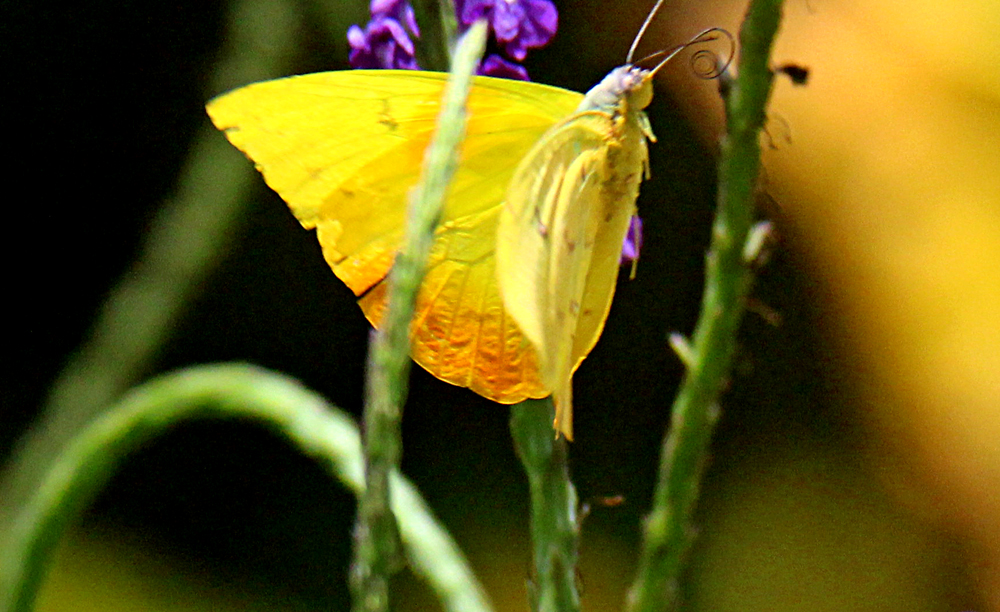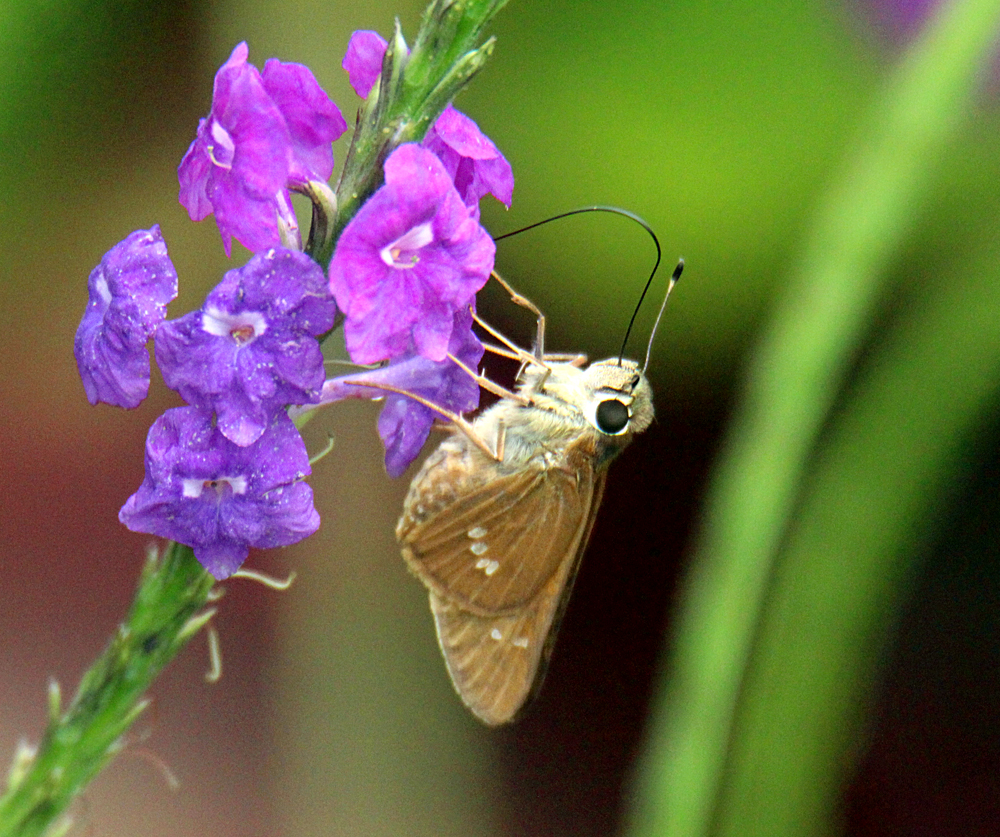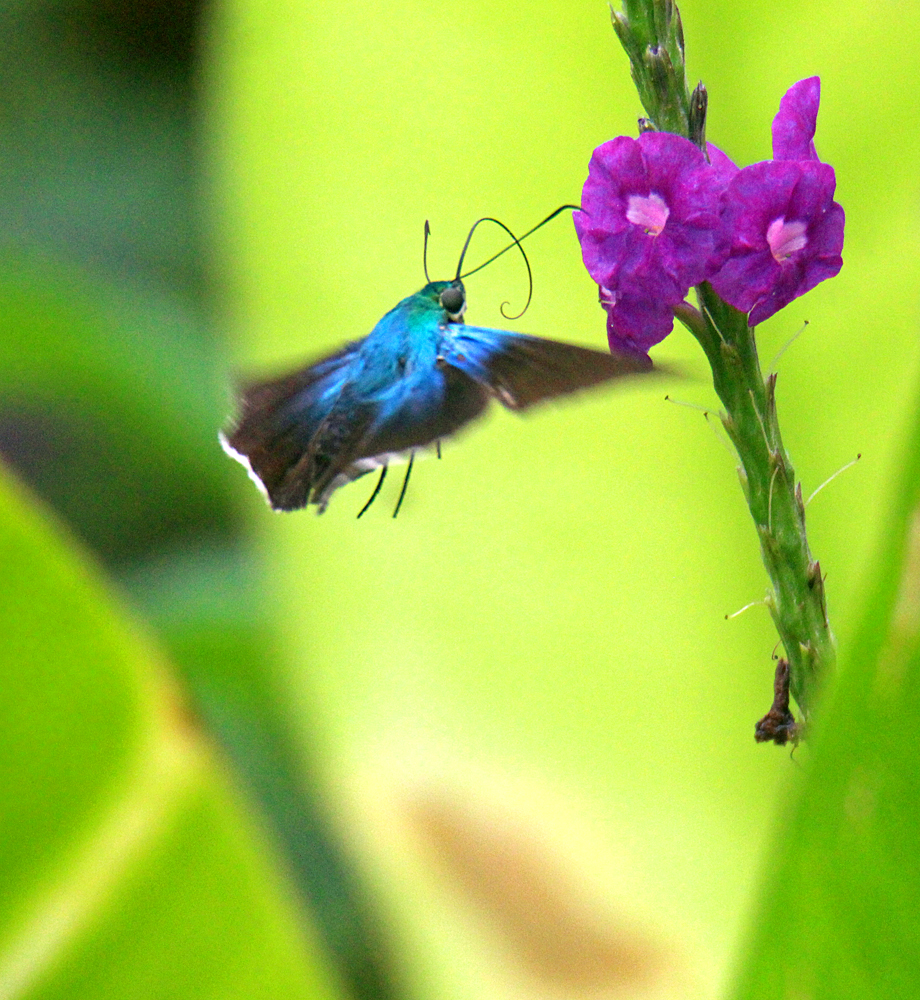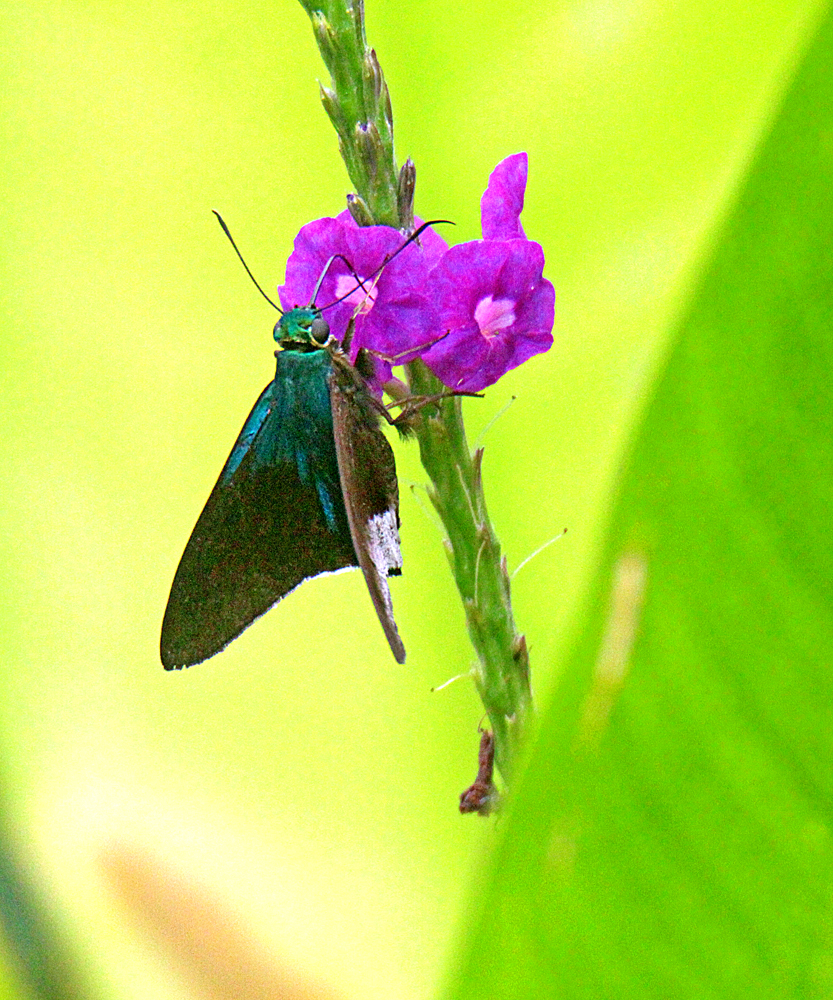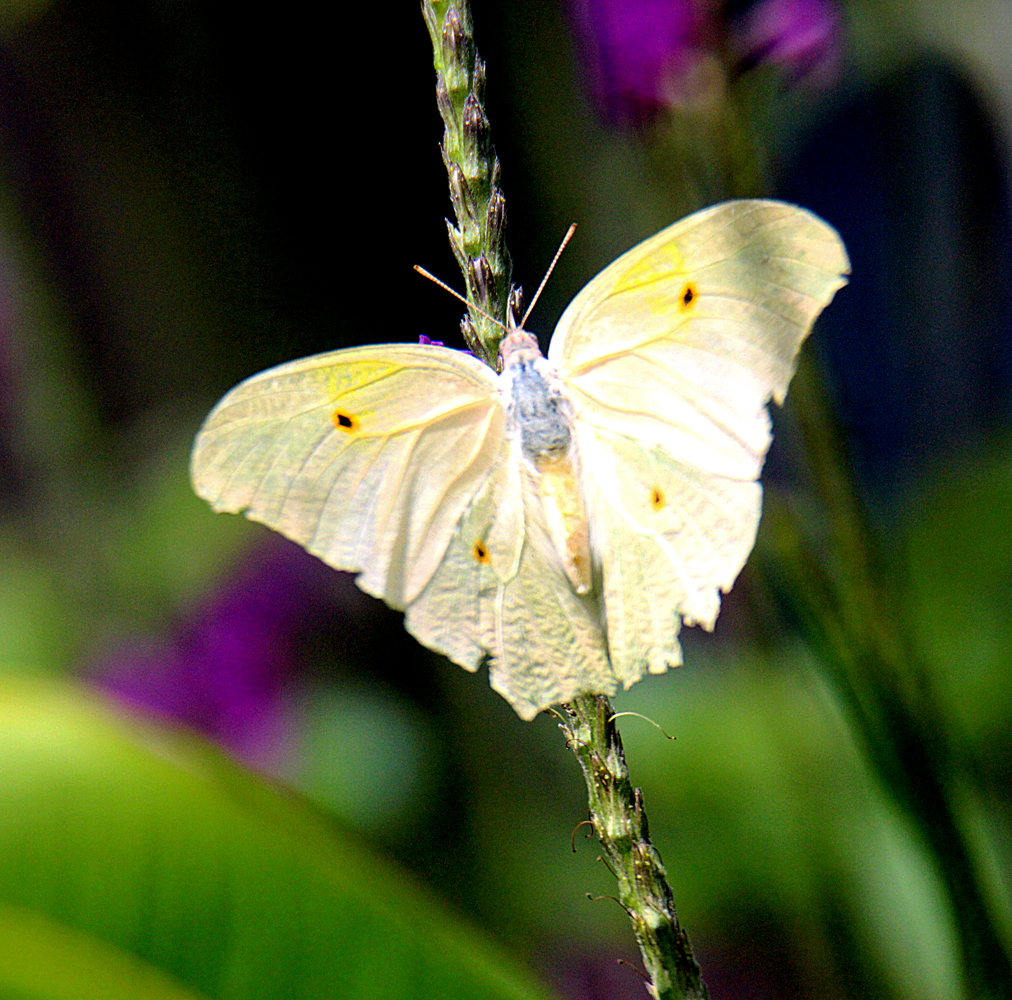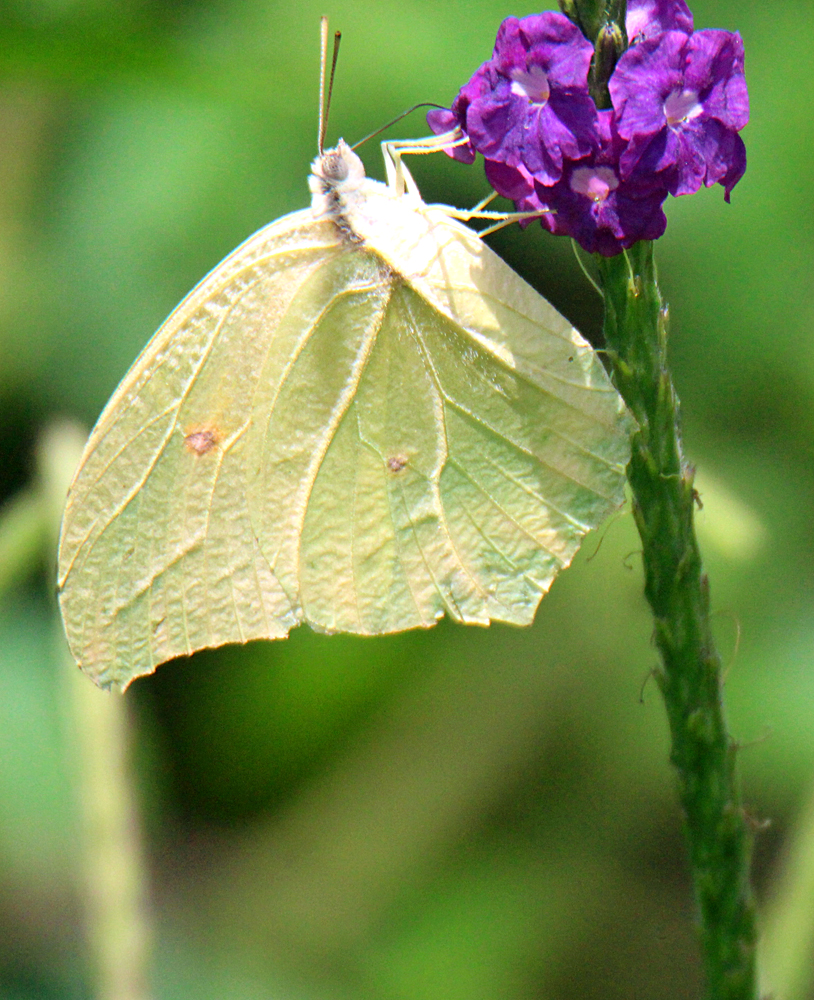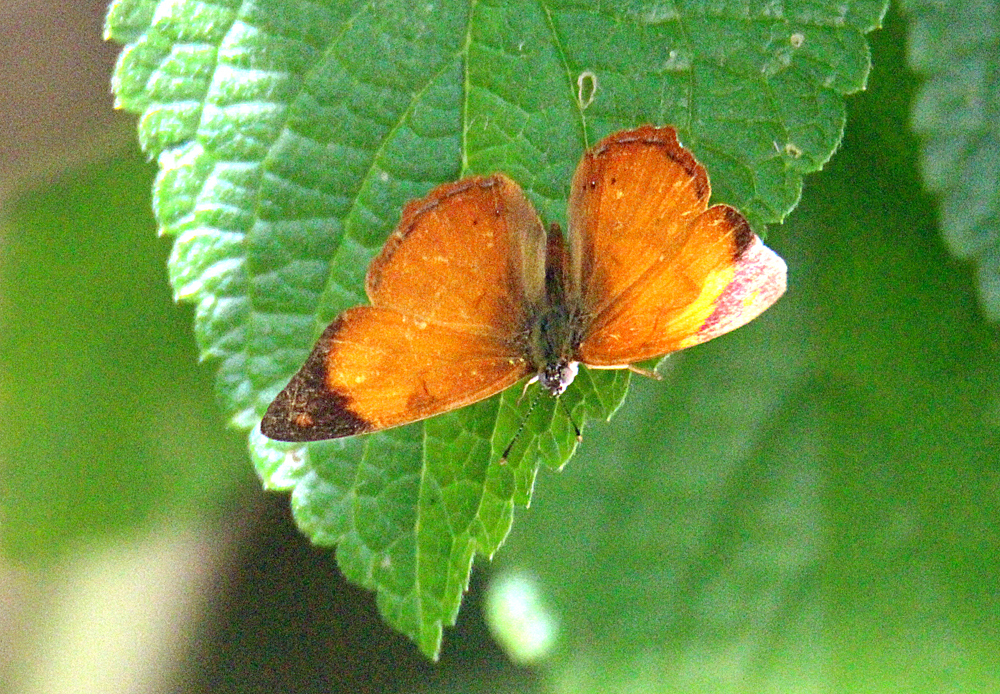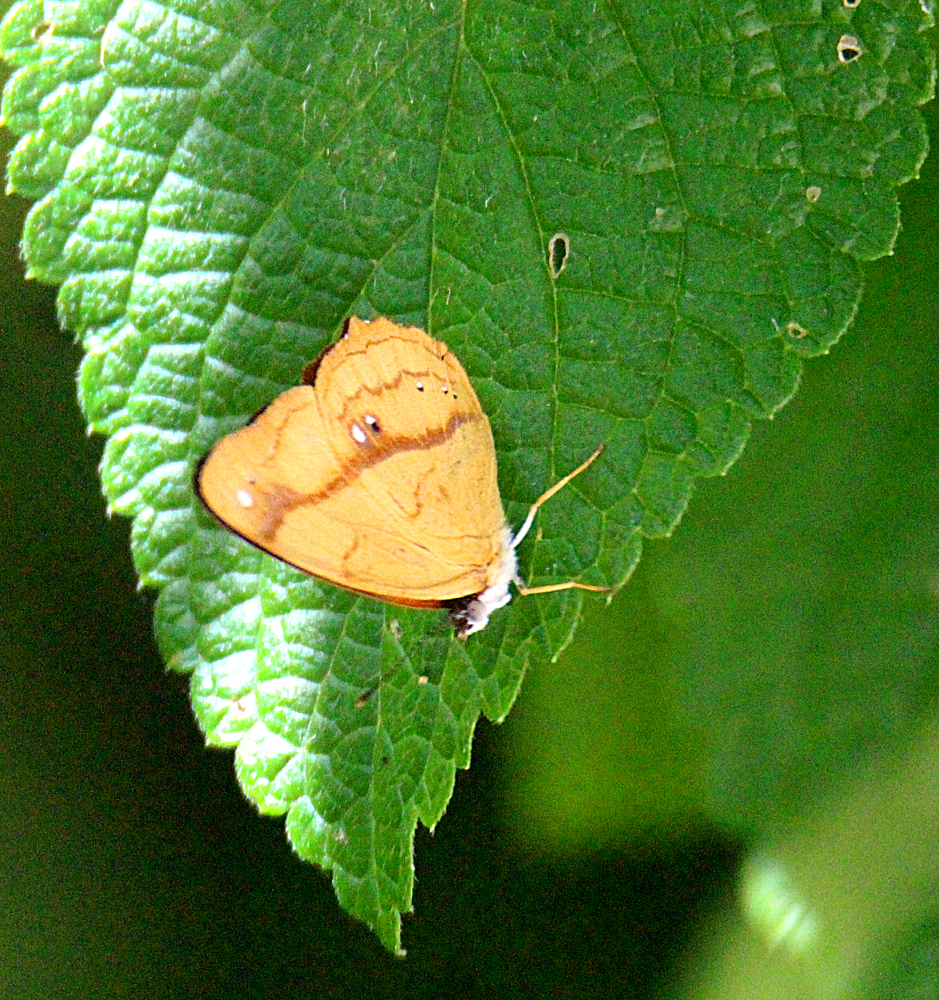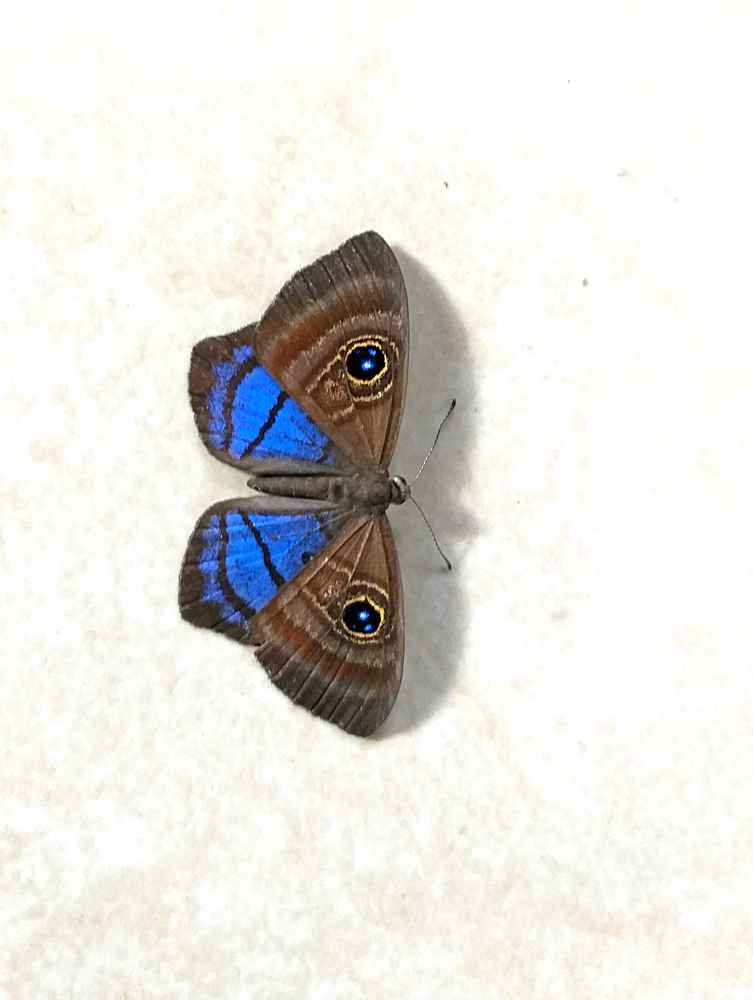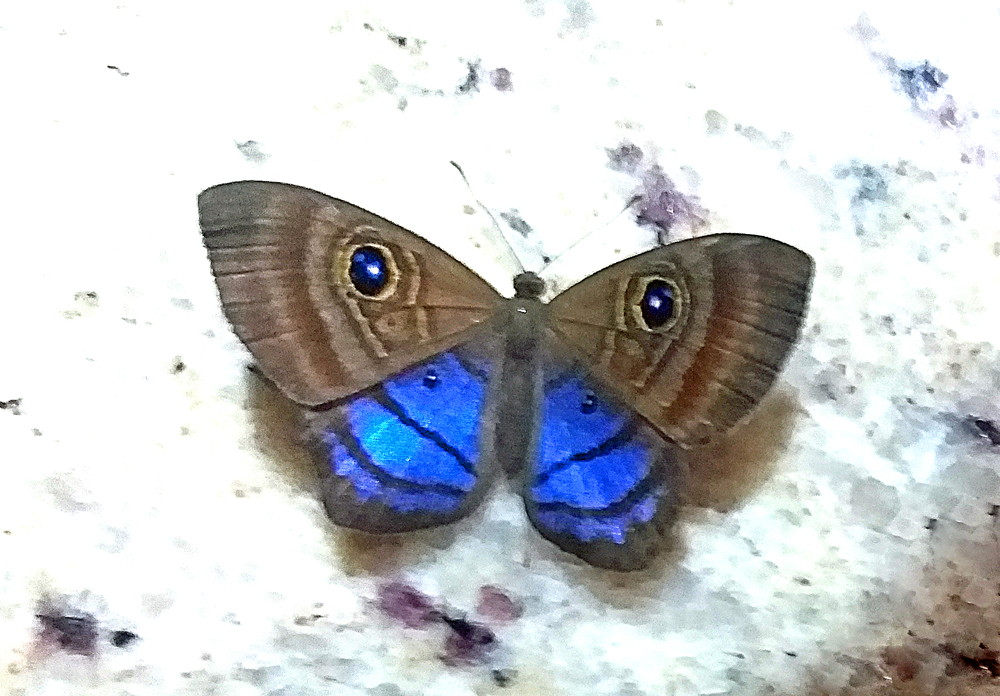. . . and I think one of these 9 is actually a moth, but I can’t find an ID. The immense variety of butterflies and moths here in Costa Rica can be overwhelming at times but is also one of the joys of being here! 🙂 It depends on which website or book you read, but with more species still being discovered here, some say there are now 1,500+ known species of butterflies and over 12,000 species of moths (not all identified), so it is not surprising that I can’t find an ID for everyone I photograph. 🙂
And as is my practice, one photo here for the emailed announcement of this post, followed by a gallery of all 9 final butterflies (maybe 2 are moths) from my visit to Xandari Costa Rica last week. I may still share some other photos from that very unique hotel in Alajuela and then back to nature shots around where I live for the next two weeks before my Caribbean trip the 19th of September. Pura vida!
